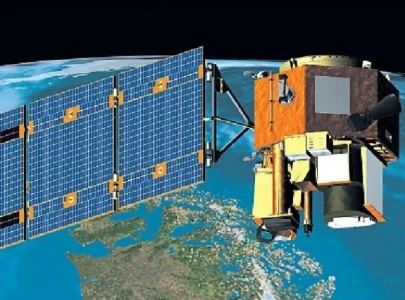

Pakistan’s national space agency announced on Monday that the country’s first indigenous Electro-Optical (EO-1) satellite will be launched on January 17. The satellite aims to improve monitoring of natural disasters and enhance the management of natural resources.
The EO-1 satellite will be launched from the Jiuquan Satellite Launch Center in China, according to the state-run Associated Press of Pakistan (APP).
The launch is a significant achievement for the Space and Upper Atmosphere Research Commission (SUPARCO) and showcases Pakistan’s growing capabilities in space science and technology.
The satellite is expected to bolster Pakistan’s ability to manage natural resources, respond to natural disasters, and support sustainable development efforts. It will help monitor agricultural productivity, predict yields, assess irrigation needs, and aid in food security initiatives.
In addition, the EO-1 satellite will assist in urban development by tracking infrastructure growth and managing urban sprawl. It will also play a key role in environmental monitoring and disaster management, providing real-time updates on events like floods, landslides, and earthquakes.
The satellite will further contribute to the extraction and conservation of natural resources by monitoring mineral, oil, and gas fields, glacier recession, and water resources.
The launch of EO-1 is a significant milestone in Pakistan’s space exploration efforts. Pakistan has made considerable strides in space research in recent months. In November 2024, SUPARCO announced that its rover will join China’s Chang’E 8 mission to explore the moon’s surface in 2028.
Earlier, in May 2024, Pakistan launched its first lunar satellite aboard China’s Chang’e-6 probe, which is tasked with landing on the far side of the moon. China is the first country to attempt such a mission.